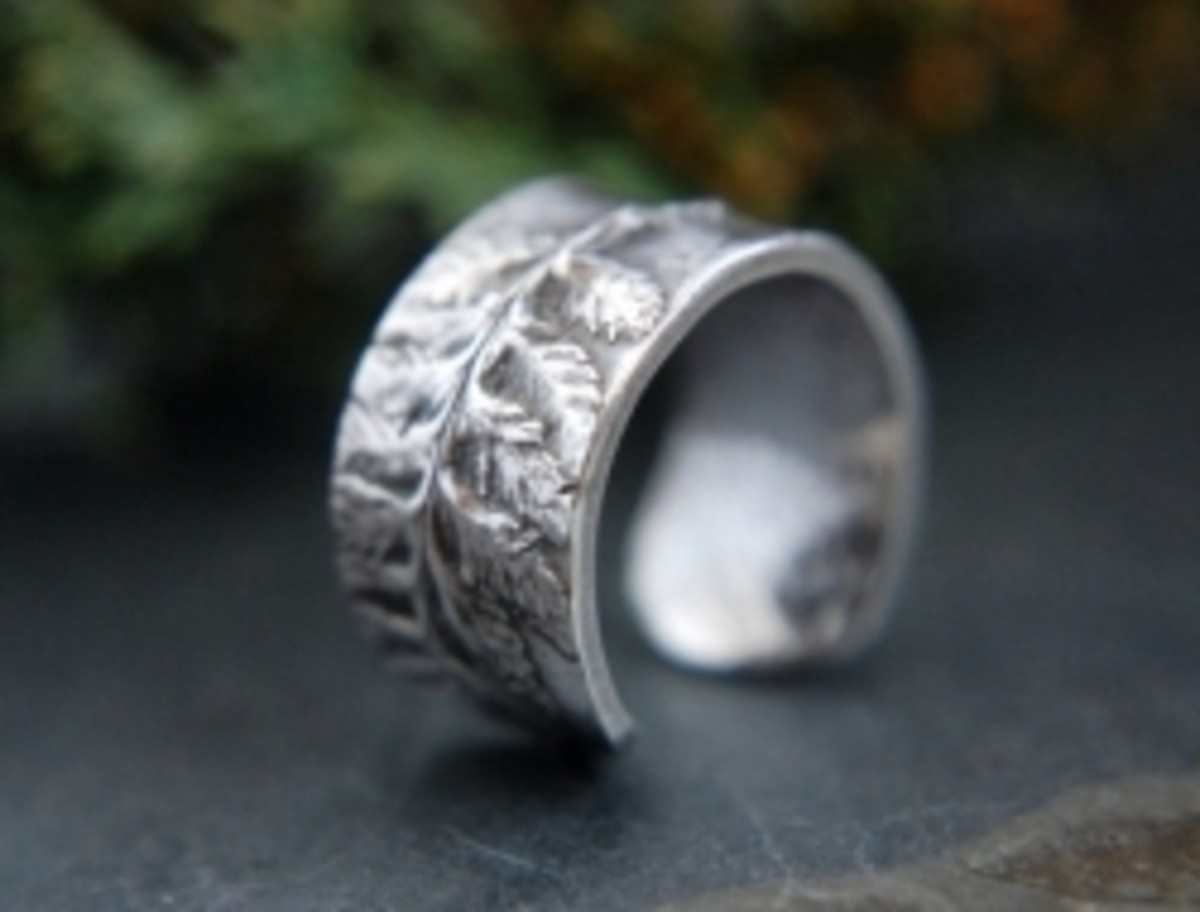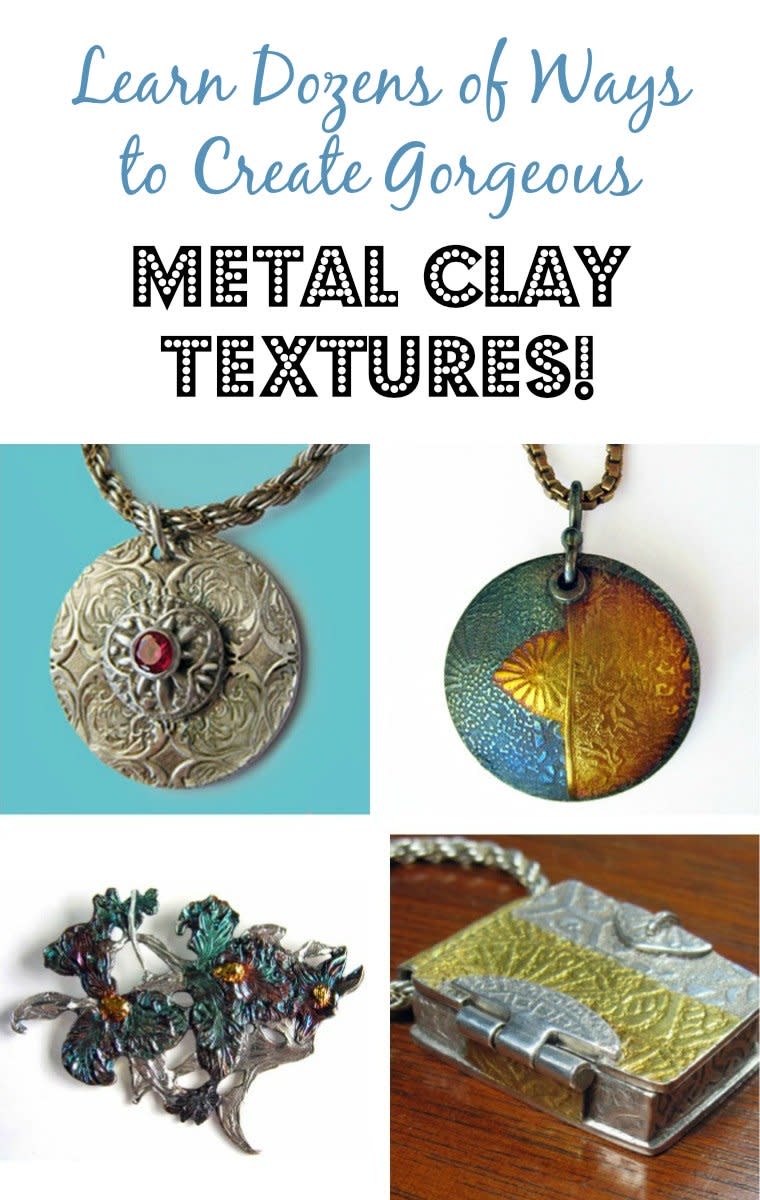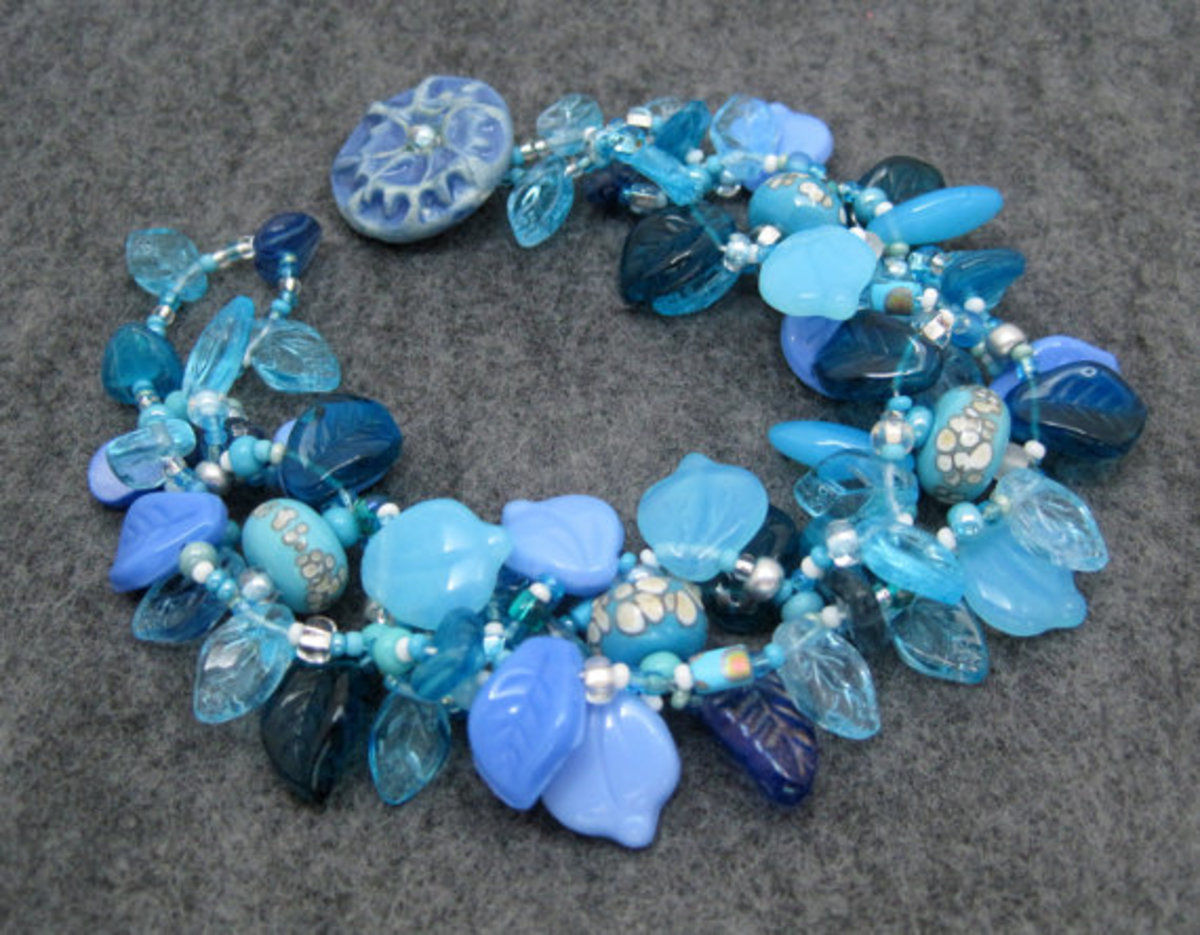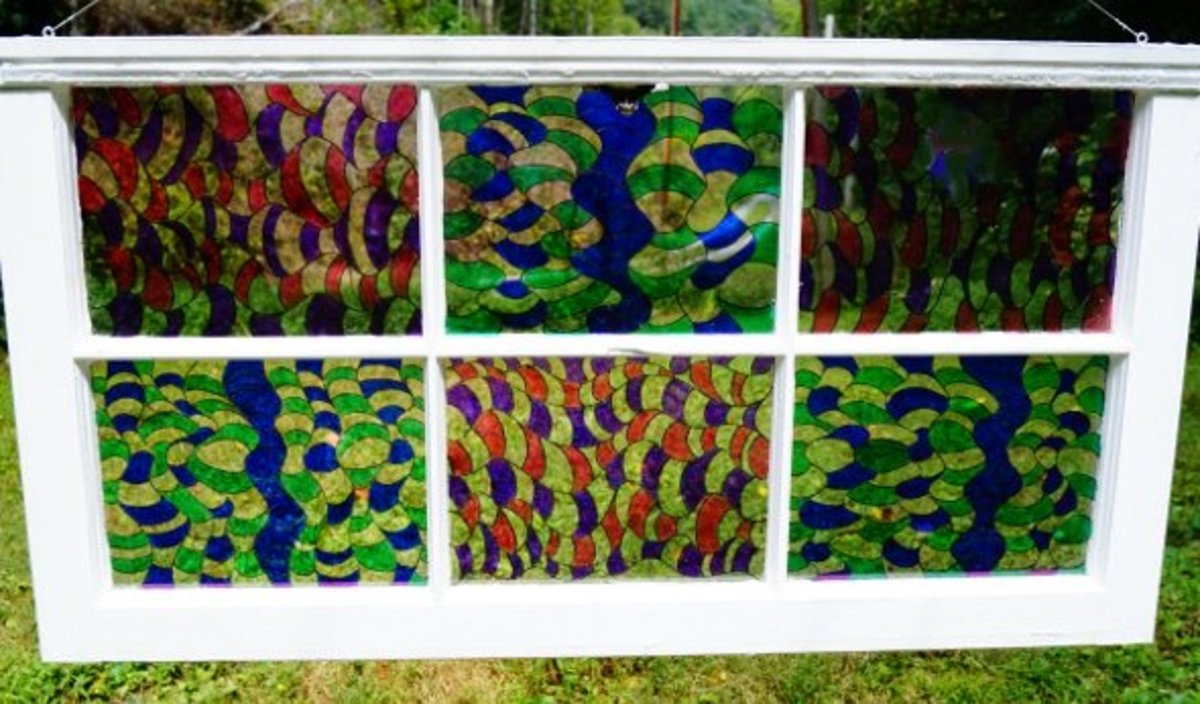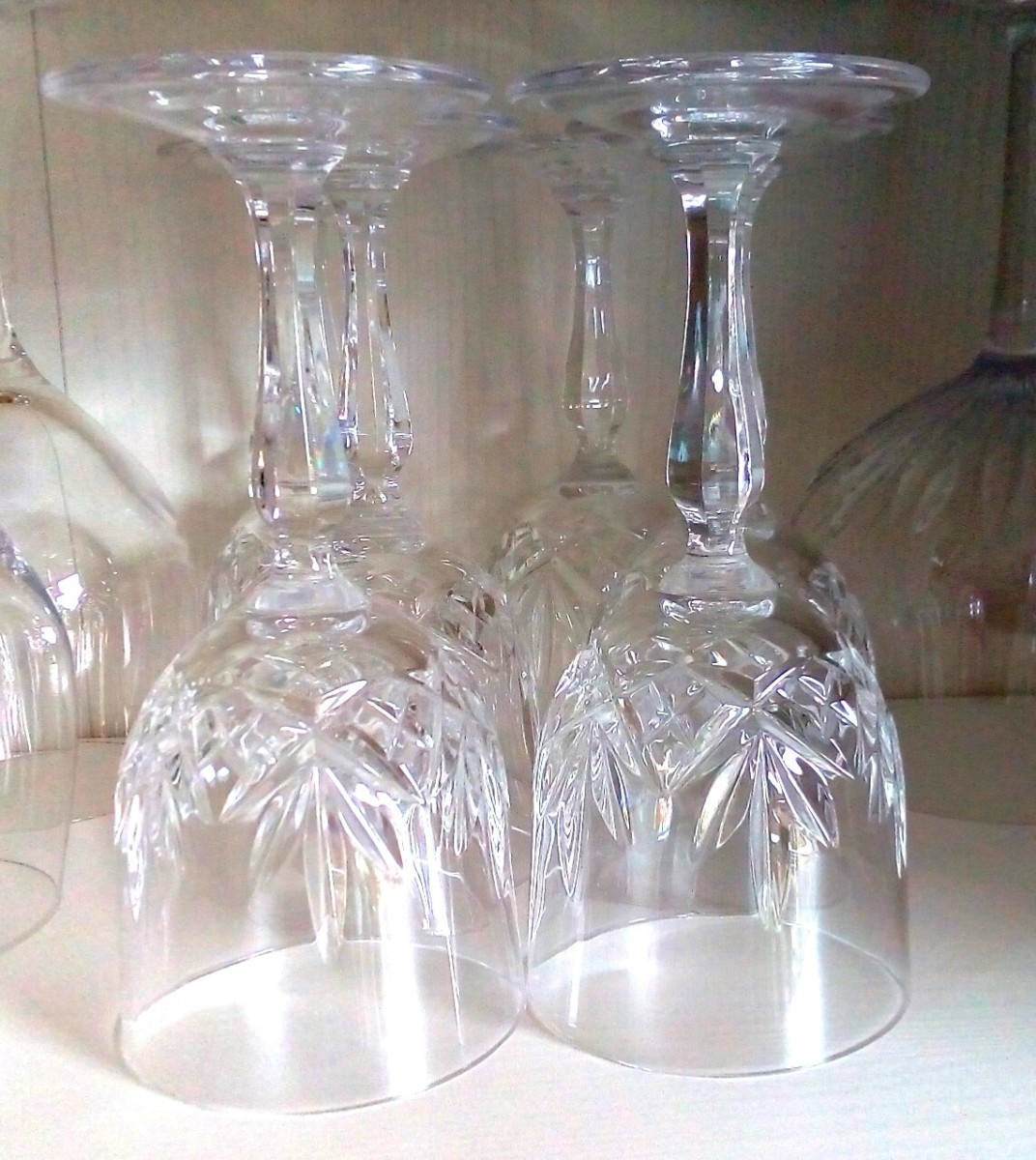With Fused Glass Do I Slump or Drape
Jaguar Piece
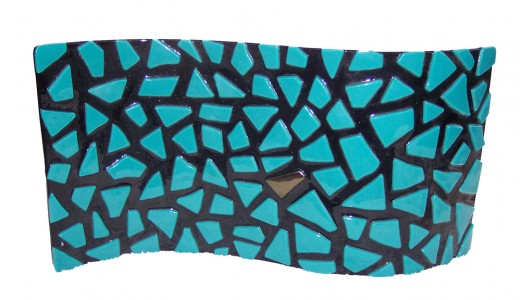
Slumping Mold

Draping Mold
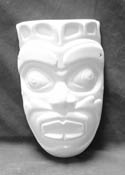
Slumping and Draping
Slumping and draping are terms used to describe the process that uses molds to form the glass into specific shapes in a kiln, thus the term kilnforming.
There are two basic ways to accomplish this transformation. The first and most common is called slumping. In this case the glass is placed on the top of a concave shape called the mold. When placed in the kiln and heated, the glass will soften and slump down into the mold.
Draping is the opposite, where the glass is placed over a convex shape and when heated it softens and drapes over the mold.
The difference is generally dictated by the shape of the mold and the desired appearance of the final shape. In some cases an S-shaped mold is used and you are slumping and draping at the same time. The piece shown above was slumped/draped using an S or double curved mold.
Keep in mind that in a slumping mold, and to some extent a draping mold, you need to have a way for trapped air to escape. This usually accomplished by very small holes in the bottom of the mold. Check the escape hole with a needle each time before using the mold. Kiln wash or other releaase agents can often plug up the hole.
Whether you use a stainless steel mold or a ceramic one, you will want to make sure the mold is coated with a release agent like kiln wash to make it easy to separate the glass and the mold. There is also an old adage that you slump into ceramic and drape over stainless steel. That is fine if the shapes are available, if not you simply go slower and use the lowest temperature possible.
Molds are available at most art glass suppliers and you can also use and bisqueware that has been fired to 1400 degrees. In another Hub, we will talk about making molds and the temperatures settings involved in slumping and molding
Making Your Own Molds
If you have a friend who is a potter. or if you are a potter, you can make your own molds.. There are some limitations you should keep in mind. First a pottery-based ceramic mold will have a shorter life span than a mullite mold. Secondly, the surface area of the mullite mold will tend to be much smoother than the ceramic mold, If you are interested in trying to work with ceramic molds, stop by a pottery supply store, most of them sell bisque ware. buy a piece and try it out. One of the big advantages. of bisque ware is the fact that it is much less expensive

